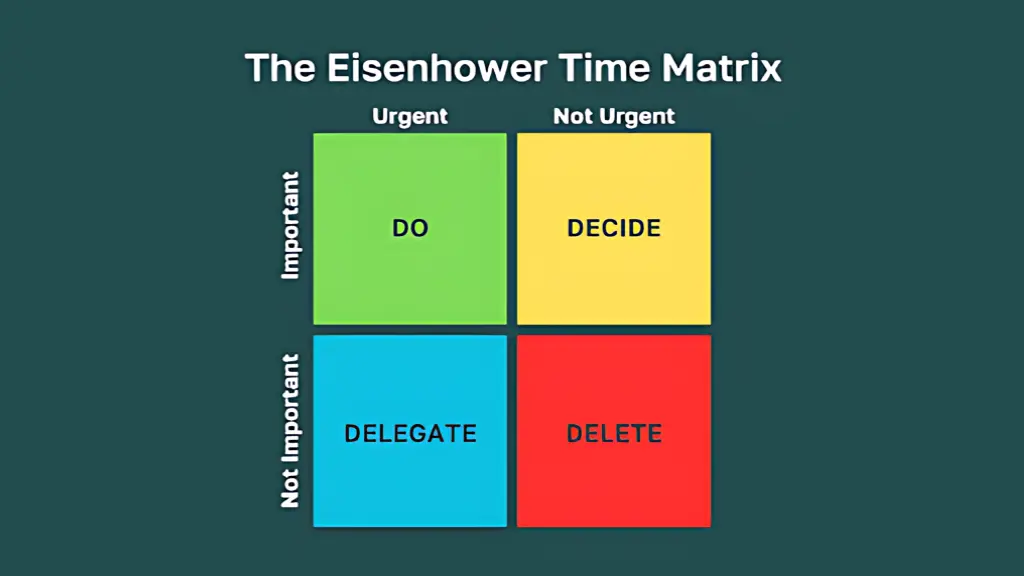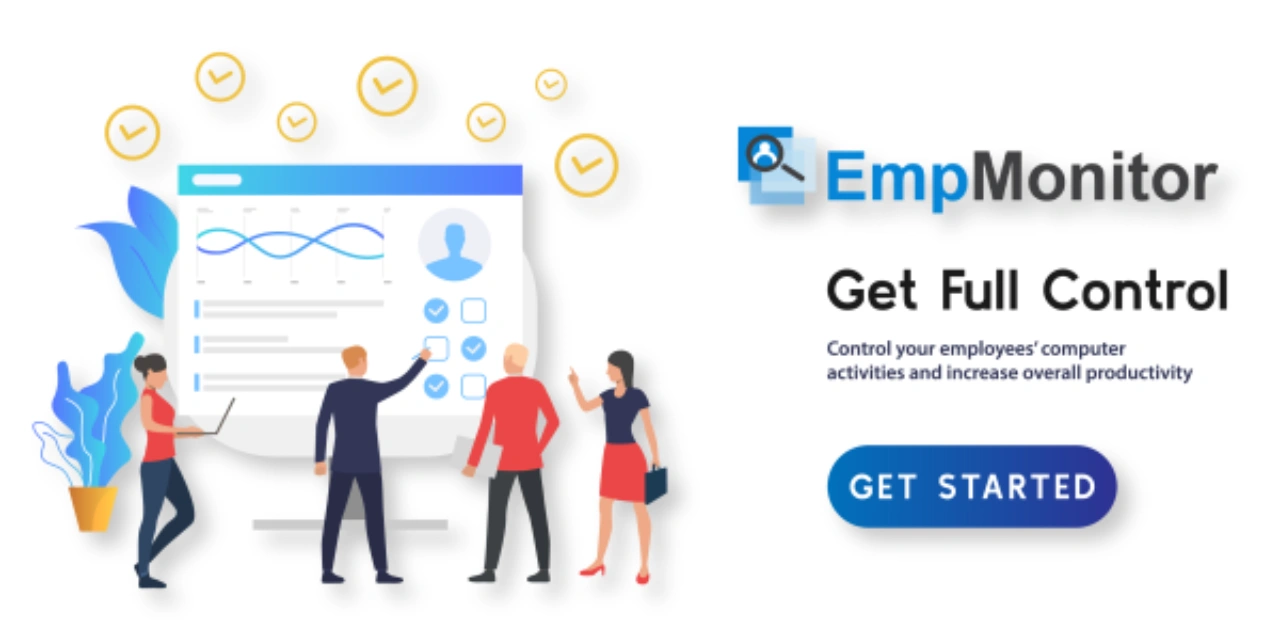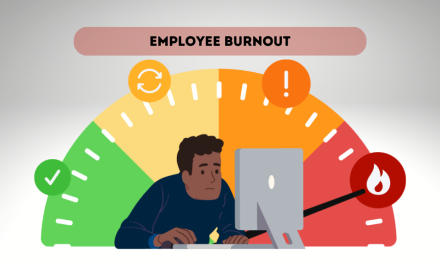Are you struggling to keep up with your daily tasks and looking for ways to boost your productivity? A well-organized to-do list can be your secret weapon! In this blog, we’ll explore ten innovative to do list ideas to help you streamline your tasks, manage your time more efficiently, and achieve your goals.
Whether you’re a student balancing coursework, a professional handling multiple projects, or someone aiming to stay on top of personal tasks, these tips enhance your efficiency and productivity. From categorizing and prioritizing tasks to using digital tools and setting SMART goals, we’ll cover a range of strategies to help you stay organized and focused.
Say goodbye to chaotic schedules and hello to a more productive, organized, and stress-free life. Dive in and discover how to make everyday productive with these practical and actionable to do list ideas!
Hit ‘Play’ Button & Tune Into The Blog!
The Science Behind To-Do Lists:

External Memory Aid:
One of the primary functions of a to-do list is to serve as an external memory aid. The human brain has a limited capacity for holding onto information. Offloading tasks onto a written list frees up mental space for more complex thinking. This phenomenon is called “cognitive offloading,” where the brain uses external resources to store and organize information. Writing down tasks creates a reliable external system that ensures we remember crucial items.
Visual Representation:
To-do lists visually represent tasks, making them tangible and concrete. This visual cue helps individuals to grasp the scope of their responsibilities and prioritize accordingly. Seeing tasks listed can also create a sense of accomplishment as you check off items, motivating ongoing productivity.
Chunking and Organization:
Breaking down large tasks into smaller, more manageable subtasks is a cognitive strategy known as “chunking.” To-do lists facilitate this process by allowing individuals to break down complex projects into actionable steps. This organization makes tasks seem less daunting and provides a clear roadmap for completion, reducing the cognitive load associated with multitasking and decision-making.
Goal Setting and Commitment:
Writing tasks on a to-do list helps you commit to completing them. It’s a visual declaration of intent to accomplish specific objectives, which can enhance motivation and accountability. Research in psychology has shown that setting clear goals increases the likelihood of success, and to-do lists provide a practical way to articulate and track these goals over time.
Focus and Attention:
To do lists help individuals stay focused by providing a clear direction for their attention. People can consult their lists and focus on one task at a time instead of constantly being anxious about what they have to do next. It reduces cognitive overload and prevents the brain from becoming overwhelmed by competing priorities.
Stress Reduction:
Keeping track of tasks in a to-do list can alleviate stress and anxiety associated with forgetfulness or feeling overwhelmed by responsibilities. Writing down tasks externalizes them from the mind, providing relief and mental clarity. Additionally, crossing items off a to-do list provides a tangible sense of progress and accomplishment, further reducing stress and boosting confidence.
To do list ideas are effective because they leverage cognitive principles such as external memory aids, visual representation, organization, goal setting, focus, and stress reduction. It has become a powerful tool for tracking upcoming work, enabling more efficient work, improving productivity, and promoting workforce development.
10 To Do List Ideas for Maximizing Your Productivity:

A well-organized to do list can be your best ally in achieving your goals and managing your time efficiently. Here are ten to do list ideas to help you stay organized and productive throughout your day.
Categorize Your Tasks:
Grouping tasks by project, urgency, or type can help you see the bigger picture and manage your time more effectively. This approach groups related tasks together, saving time and mental energy. For example, you could have categories like “Emails,” “Meetings,” “Reports,” and “Client Work.”
Set Clear Priorities:
Prioritizing tasks is one of the crucial to do list ideas for maintaining productivity. Use a system like the Eisenhower Matrix to categorize tasks based on urgency and importance.

Include Time Estimates:
Including estimated times for each task on your work to-do list aids in scheduling your day more accurately. It ensures that you allocate sufficient time for each task without overcommitting. Consider a meeting scheduled for an hour; allocate that time and include a buffer for potential overrun.
Use Actionable Language:
One of the most efficient to do list ideas is to use actionable language. Write tasks using actionable language to make them clear and concise. For example, replace “Report” with “Complete monthly sales report” when listing tasks. This clarity helps you understand what you need to do. Using actionable language transforms ambiguous tasks into specific actions, simplifying their initiation and completion.
Leverage Digital Tools and EmpMonitor’s Kanban Board:
Digital to-do list apps enhance productivity with features like reminders, deadlines, and syncing across devices, ensuring seamless task management. They support collaboration through shared tasks and real-time updates, while customization options like color coding help organize tasks efficiently.
EmpMonitor’s Kanban board offers visual task management by displaying tasks through stages like “To Do,” “In Progress,” and “Done.” Its drag-and-drop interface, task assignments, and real-time tracking improve team collaboration and help identify bottlenecks, making these digital tools essential for boosting productivity.
Incorporate Buffer Time:
Including buffer time between tasks accounts for unexpected delays and interruptions. This extra time ensures that your schedule remains realistic and flexible, reducing stress and helping you stay on track. For instance, if you plan to finish a report in an hour, add 15 minutes as a buffer.
Reflect and Revise:
At the end of each day, reviewing your to do list ideas allows you to assess what you’ve accomplished and what needs to be carried over to the next day. This reflection helps you stay organized and continuously improve your task management strategy. It’s a way to learn from your daily progress and adjust your plans accordingly.
Delegate Effectively:
Identify tasks suitable for delegation to others. Effective delegation liberates your time for critical tasks while empowering your team members. Integrate these tasks into your work to-do list to monitor who is responsible for each one. It is particularly beneficial for managers and team leaders.
Set SMART Goals:
Integrating SMART goals into your to-do list ensures that your tasks are specific, measurable, achievable, relevant, and time bound. This method clarifies tasks, establishes observable targets to track progress, and ensures goals are realistic given your resources and timeframe. By aligning tasks with broader objectives, such as increasing sales through specific actions like enhancing customer outreach, SMART goals create focus, motivation, and accountability. This approach improves planning and efficiency, increasing the chances of achieving meaningful outcomes systematically.
Monitor Your Productivity:
Use employee productivity monitoring tools or software to track your progress. These tools provide insights into how you spend your time and highlight areas for improvement, helping you fine-tune your productivity strategy.
By implementing these to do list ideas, you can streamline your workflow, enhance efficiency, and achieve your goals more effectively. Start integrating these strategies into your daily routine and watch your productivity soar. Thanks to workforce management tools like EmpMonitor, it has become easier for managers to keep track of work time and productivity. Let’s learn more about this tool and how it integrates with your to do list ideas.
How EmpMonitor Can Boost Your Productivity

Time Tracking
EmpMonitor tracks the time spent on tasks and applications by both you and your employees. This feature helps pinpoint time-consuming tasks and areas for improvement. By understanding time allocation, you can adjust your to do list for work to focus on high-priority tasks.
Activity Monitoring
With real-time activity monitoring, you gain insights into how work progresses throughout the day using EmpMonitor. This feature aids in identifying productivity bottlenecks and areas where employees may require additional support or resources.
Task Management
EmpMonitor simplifies task management by allowing users to create, assign, and track tasks effortlessly. You can assign tasks to team members, set deadlines, and monitor progress instantaneously. It supports collaboration through file sharing and comments, streamlining communication. To do list ideas help organize tasks by priority or project, while notifications ensure everyone remains informed about deadlines and task changes. With detailed reporting and integration capabilities, EmpMonitor enhances productivity by providing insights into task completion rates and optimizing workflow efficiency.
Detailed Reports
Empmonitor generates detailed reports that give an overview of employee productivity. You can use these reports to assess performance, identify trends, and make data-driven decisions to enhance productivity. Regularly reviewing these reports can assist in refining your to do list ideas to align more effectively with your productivity goals.
Screen Monitoring
Screen monitoring features allow managers to view employees’ screens in real-time. This transparency ensures that work is being done efficiently and helps in maintaining focus on priority tasks. It also aids in training new employees by allowing managers to provide instant feedback.
Remote Workforce Management
For businesses with remote employees, Empmonitor offers robust remote monitoring capabilities. It ensures that remote teams can be just as productive as in-office teams, helping to maintain consistent performance across the organization. With remote monitoring, managers can keep track of tasks, time spent, and productivity, ensuring alignment with company goals.
Security Features
Empmonitor includes security features that protect sensitive information and ensure compliance with data protection regulations. By monitoring access and activities, Empmonitor helps prevent data breaches and maintain a secure work environment.
EmpMonitor empowers businesses and individuals with comprehensive tools for efficient task management, insightful productivity monitoring, and enhanced team collaboration, ensuring optimized performance and streamlined workflows.
Also Read:
08 Tips To Improve Productivity In The Workplace
Make Your Employees More Productive With Six Simple Tips!
A Comprehensive Employee Checklist For Successful Onboarding
To-Do List Examples for Different Contexts –
Explore these to do list ideas for organizing and prioritizing tasks effectively across various work contexts:
Daily Work To Do List –
Purpose: –
To organize and prioritize daily tasks to ensure productivity and efficient time management.
Template: –
- 8:30 AM – 9:00 AM: Respond to emails
Start the day by clearing your inbox to stay updated on any new tasks or essential information.
- 9:30 AM – 10:30 AM: Team meeting
Collaborate with your team to discuss progress, plan upcoming tasks, and address any issues.
- 11:00 AM – 12:30 PM: Draft project proposal
Allocate focused time to work on crucial deliverables without interruptions.
- 12:30 PM – 1:00 PM: Lunch break
Take a break to recharge and avoid burnout.
- 1:00 PM – 2:00 PM: Review client feedback
Assess and incorporate feedback to improve your work and client satisfaction.
- 2:30 PM – 3:00 PM: Update project timeline
Keep your project plan up to date to reflect current progress and deadlines.
- 4:00 PM – 4:30 PM: Prepare for tomorrow
End the day by organizing tasks for the next day to start fresh and focused.
Weekly Work To-Do List –
Purpose: –
Plan weekly objectives to ensure consistent progress on long-term projects and goals.
Template: –
- Monday: Outline marketing strategy
Begin the week by planning your marketing efforts to guide the rest of your tasks.
- Tuesday: Conduct competitor analysis
Gather insights on competitors to inform your strategy and identify opportunities.
- Wednesday: Team brainstorming session
Foster creativity and innovation by collaborating with your team on new ideas.
- Thursday: Develop a content calendar
Plan and schedule your content to maintain consistency and align with your marketing strategy.
- Friday: Review and finalize plans
Wrap up the week by reviewing progress and making any necessary adjustments to your plans.
Project Management To-Do List –
Purpose: –
Manage and track tasks for a specific project, ensuring timely completion of all steps.
Template: –
- Define project scope:
Clearly outline the project’s goals, deliverables, and constraints.
- Assign tasks to team members:
Delegate responsibilities to ensure all aspects of the project are covered.
- Create project timeline:
Establish deadlines for each phase of the project to keep on track.
- Conduct kick-off meeting:
Gather the team to discuss the project plan and ensure everyone is aligned.
- Monitor progress:
Regularly check in on task completion and address any issues that arise.
- Submit deliverables:
Ensure all project outputs are completed and submitted on time.
- Review and evaluate:
Assess the project’s success and identify areas for improvement for future projects.
Conclusion:
Implementing valuable to do list ideas is crucial for maximizing productivity and efficiently managing time. By categorizing tasks, setting clear priorities, and leveraging digital tools, individuals can streamline their workflow and achieve their goals more effortlessly.
Incorporating buffer time and utilizing tools like EmpMonitor further enhances productivity by providing insights into time allocation and task progress. These strategies, grounded in the science of cognitive offloading and stress reduction, empower individuals to stay organized, focused, and in control of their daily tasks.
Whether in professional endeavors or personal pursuits, implementing these to do list ideas ensures a more structured, stress-free, and accomplished life. Embrace the power of a well-crafted list to unlock your full potential and transform your habits with these essential productivity tips to do list ideas.










